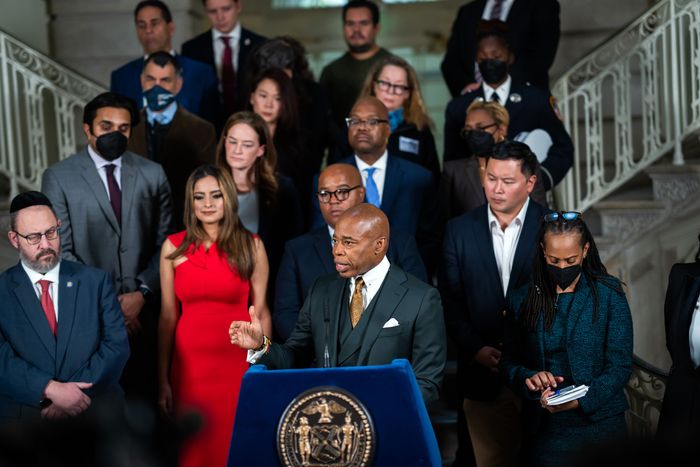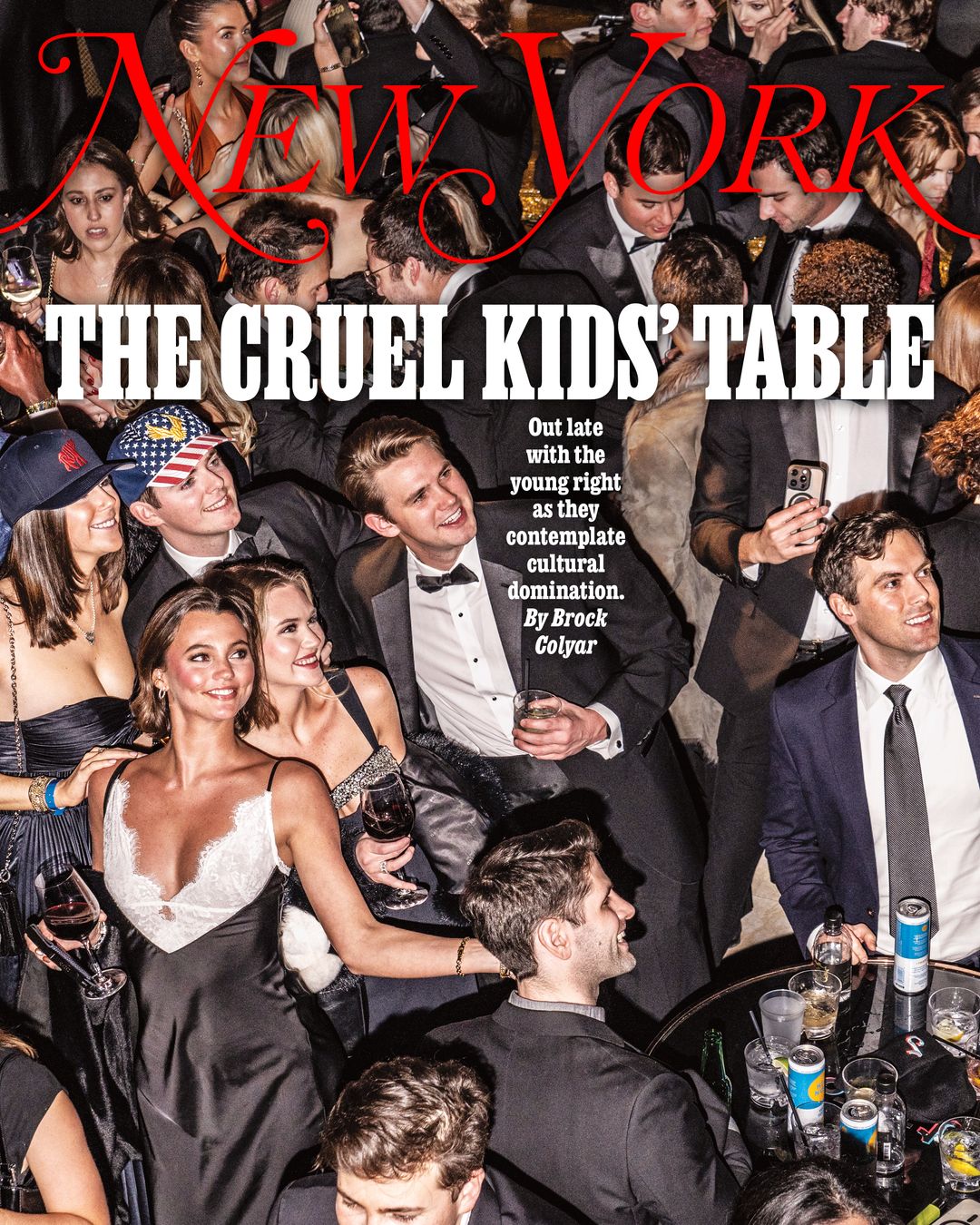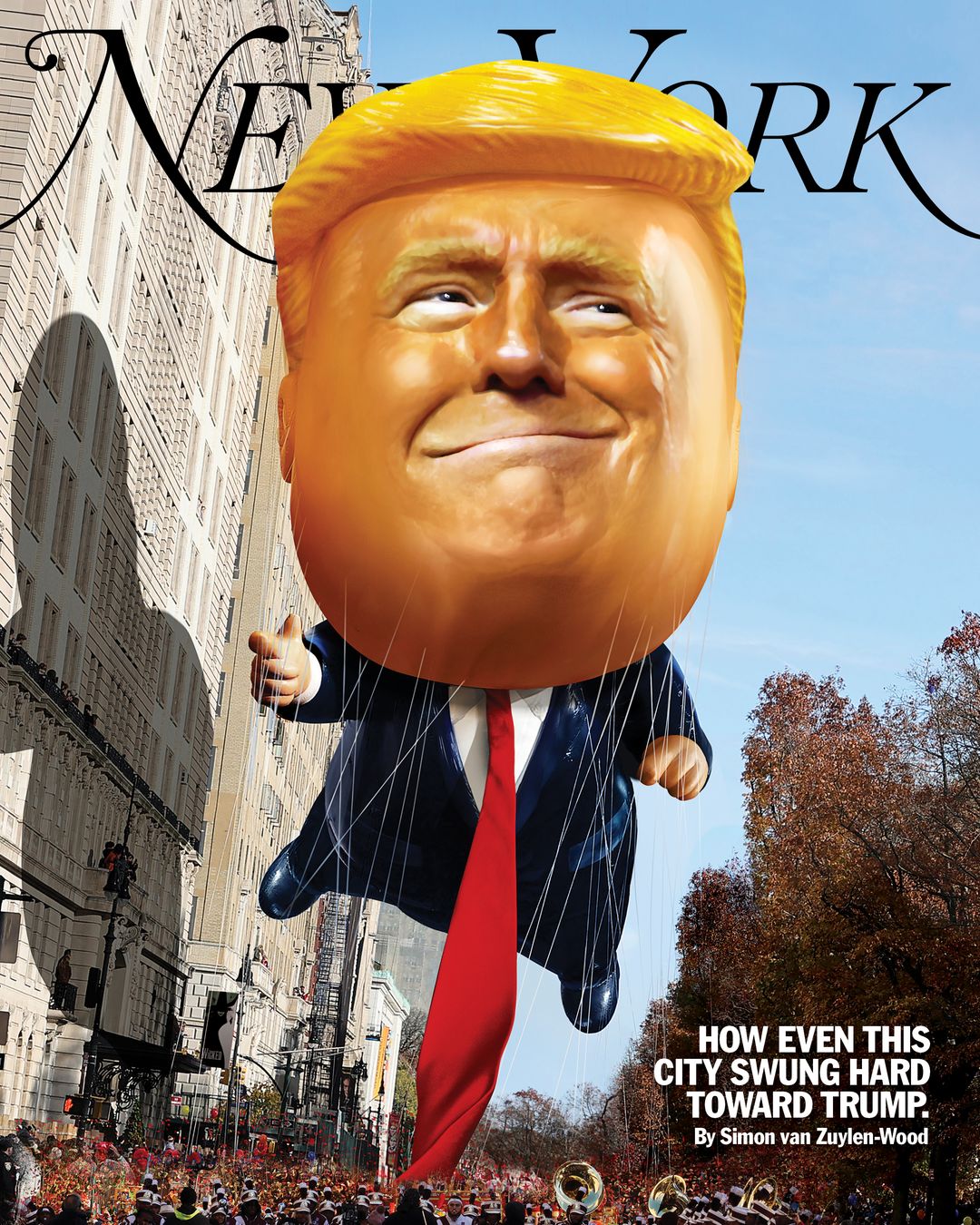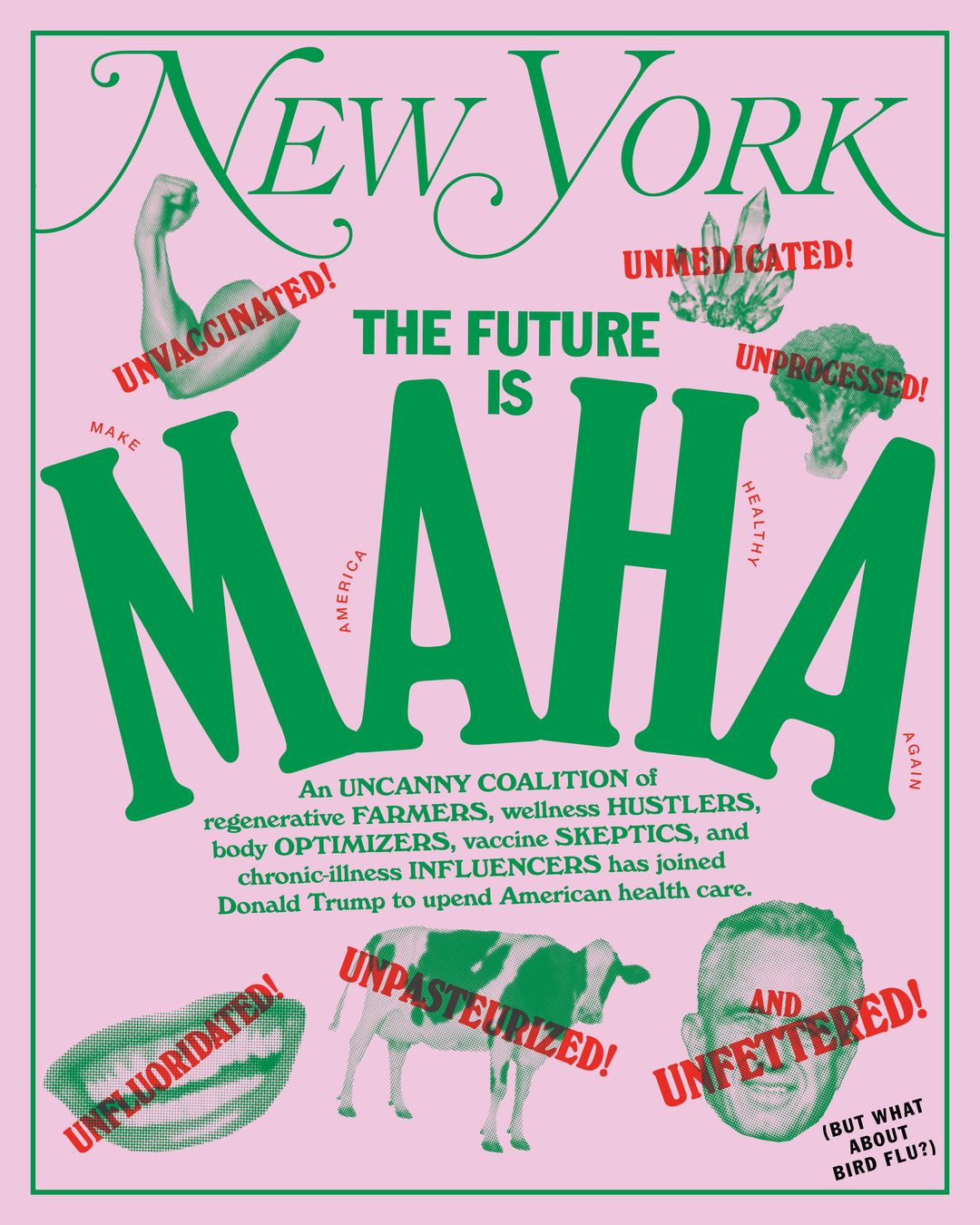
New York Magazine
New York Magazine Rated Left in Jan. 2025 Independent Review
A Jan. 2025 Independent Review by an AllSides reviewer found strong left bias in New York Magazine. For example, the cover story, "The Cruel Kids' Table," which stated, "Among the young, confident, and casually cruel Trumpers who, after conquering Washington, have their sights set on America." By calling Trump supporters "cruel," New York displayed a subjective qualifying adjectives. New York Magazine showed a clear Left bias in story choice — one article called Trump's pardons "distracting;" another was titled, "Trump's Sneaky Opening Attack on Abortion Rights."
Cover stories in late 2024, around the time of Trump's election, typically had an anti-Trump bent and a bent against his adminstration. A piece about the Make America Healthy Again (MAHA) movement was seen as analytical and containing subjective descriptions, though not overly negative; however, it was slanted against claims that flouride in water and seed oils are harmful, though it took a more sympathetic approach to concerns about food dyes. It did contain numerous source omissions, such as (emphasis ours): "RFK Jr. has also suggested that microplastics might have contributed to “gender confusion” among kids via endocrine disruptors, which scientists say is completely unfounded," and stating, "Most research has shown the opposite: The unsaturated fat commonly found in seed oils has been linked to lower risk of cardiovascular disease and cancer. Beef tallow, on the other hand, is primarily made up of saturated fat, which studies have shown increases the risk of cardiovascular disease." New York Magazine did not link to the studies or "most research."



A man, clearly homeless, steps onto a New York subway train. He shakes, sways, and talks to himself, lurching around as the train moves, in the throes of a psychotic disorder. He’s someone in need of help — and for many people, though they’d never admit it publicly, a figure to fear.
The perspective of the American media and the liberal journalists and writers who dominate it is that these fears are wicked, bigoted, even “bourgeois.” Efforts to explore root causes related to mental illness and violence in public spaces are resisted with the insistence that those problems are entirely a product of poverty and need. Attempts to use involuntary treatment to help severely treatment-resistant people with mental illness are decried by the activist class and local nonprofits. The pursuit of safety on the subways in response to fear of random violence, we’re told, “means hiding, quelling, or even outright eliminating certain marginalized populations — Black people, homeless people, mentally ill people, poor people,” as Noah Berlatsky put it. A reporter from the Times of London sniffed, “Almost all the people I meet who are scared of taking the subway are people who don’t use it regularly.” There is an elite message when it comes to danger on the subway: It’s embarrassing to ever be scared.











